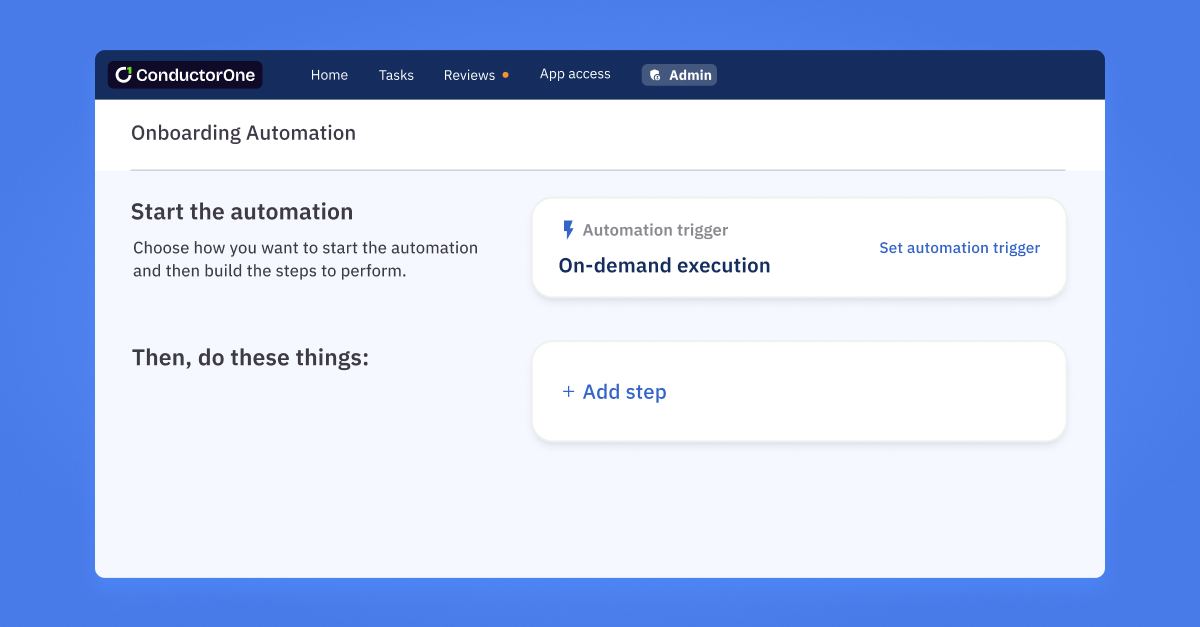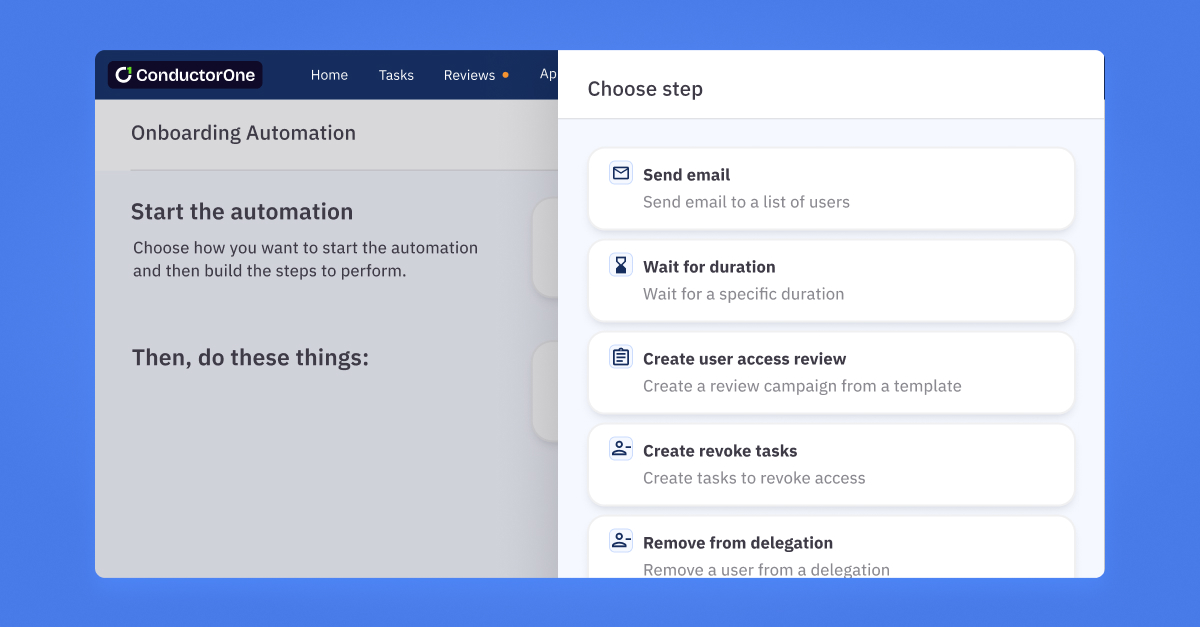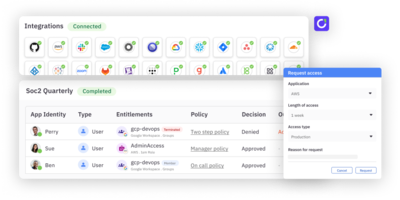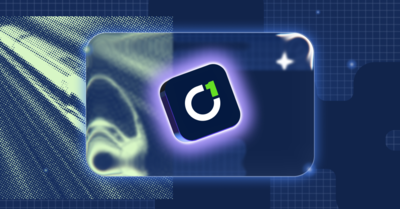In part one of our new blog series on using automations to simplify identity security, we’re starting with the foundation: identity lifecycle management.
Managing identity lifecycle events can be one of the most complex and resource-intensive parts of identity security. Every new hire, internal transfer, and departure requires fast, accurate access changes across dozens of systems. When done manually, identity lifecycle management (ILM) can be a source of risk, delay, and operational drag.
That’s why we built ConductorOne automations: a powerful workflow builder that gives you full control over ILM. Using simple if/then logic, you can define custom joiner-mover-leaver (JML) processes that reflect how your organization actually works.
Whether you want to to automatically create an account and assign access when a new hire starts, revoke old permissions when someone changes teams, or kick off a review when a manager changes, ConductorOne automates every step.
Looking to understand the full lifecycle? Download our guide to Understanding the Key Phases of ILM to see what a modern, secure identity process should look like.
Why identity lifecycle management matters
Managing the lifecycle of a digital identity involves more than creating a user account and calling it a day. ILM spans five major phases:
- Identity creation: Capturing core user data and establishing credentials.
- Provisioning and onboarding: Granting baseline access so users can hit the ground running.
- Monitoring and maintenance: Continuously reviewing and updating access as roles change.
- Deprovisioning and offboarding: Ensuring timely removal of access when a user leaves.
- Suspension and temporary workflows: Handling cases like extended leave or seasonal workers.
Without automation, identity processes often break down. Access is delayed or incorrectly assigned, users accumulate excessive permissions over time, and former employees may retain access long after departure—all of which significantly increase security and compliance risk.
ConductorOne helps you replace any manual gaps with automated, policy-driven workflows that are easy to design and adapt.
Automations: A workflow builder for ILM
ConductorOne’s ILM capabilities center around automations—a flexible workflow builder that lets you define identity processes using a clear if/then structure:
- If a specific condition is met, such as a hire date or role change,
- Then execute one or more steps, such as provisioning access, removing entitlements, or triggering a review.
This logic allows you to fully automate lifecycle transitions with precision. Whether your processes are standardized or vary by department, location, or employee type, ConductorOne’s automations adapt to your policies.
ConductorOne connects directly with your HR systems, identity providers, directories, and applications to ensure real-time, consistent updates across your environment.


Use cases
With automations, you can handle simple provisioning tasks or build complex, conditional workflows. Here are just a few examples of what’s possible:
Provision new employees on their hire date
- Automatically create a directory account and company email.
- Assign users to dynamic groups based on attributes like department or location.
- Grant birthright access through access profiles that bundle permissions by role.
Update access when employees change roles
- Remove legacy permissions no longer needed in the new role.
- Provision new access aligned with updated responsibilities.
- Launch a user access review to validate current entitlements.
Temporarily deprovision access for extended leave
- Suspend access for the duration of the leave.
- Automatically re-enable access on the scheduled return date.
Trigger user access reviews when attributes change
- Monitor for changes like a new manager, updated title, or departmental shift.
- Launch an access review for affected users.
- Route tasks to the right reviewers based on group or department.
Schedule final account removal after termination
- Automatically remove users from your directory immediately after notification or after a preset number of days post-termination.
- Clean up associated permissions and group memberships.
- Generate audit logs for access removal.
These use cases can be combined, sequenced, or modified to match your organization’s specific needs. You’re not limited to static processes. You define the lifecycle, and ConductorOne automates it.
Designed to fit your organization
Whether you need approval workflows, conditional access logic, time-bound access windows, or notifications, ConductorOne gives you the flexibility to build what your team requires.
- Dynamic groups: Automatically adjust group memberships based on user attributes.
- Access profiles: Bundle and assign permissions tied to specific roles or job functions.
- Time-based logic: Add delays, expiration windows, or scheduled actions with ease.
- Centralized visibility: Track identity changes and access assignments from a single platform.
No matter how custom your JML processes are, ConductorOne helps you manage them consistently and securely.
Leave manual ILM behind
Without automation, ILM processes are slow and inconsistent, causing onboarding delays, access gaps during role changes, missed offboarding steps, and poorly managed temporary access.
ConductorOne transforms these lifecycle events into seamless, policy-driven workflows. With direct integrations and real-time updates, ConductorOne grants and revokes access exactly when and how your policies require.
What this means for your team:
- Faster onboarding: Employees get what they need on day one.
- Tighter security: Standing access is reduced, and permissions stay aligned to current roles.
- Operational efficiency: IT and security teams spend less time on tickets and manual cleanup.
- Improved compliance: All actions are logged, traceable, and auditable.
Stay tuned for the next blog installment, where we’ll dive into how automation can drive smarter security and audit outcomes, and book a demo to see how ConductorOne automations can cut manual work from your JML process.





